Southeast Asia Posted by sasha on Apr 9, 2014 in Culture, Vocabulary
Normally it’s pretty easy for me to churn out China and Chinese related content here; after all, I have been calling China my home away from home for over the past five years. However, for the past five months I’ve been traveling non-stop through Southeast Asia. At the moment, I’m celebrating having just finished my Open Water certificate for scuba diving here on Koh Tao in Thailand, and I’m working on plans for the final leg of our trip through Malaysia, Singapore, and Indonesia. As such, SE Asia is just about the only thing I have on my mind! For many people who decide to move to China, chances are you’ll probably end up taking a trip through this part of the world. Whether it’s a week-long island holiday to escape the smog of Chinese mega-cities, or an extended backpacking trip at the end of a long stint in China, a trip along the “Banana Pancake” is high on many travel bucket lists. To help you learn some more useful Chinese and get better acquainted with this part of the world (where you’ll of course bump into TONS of Chinese people), here’s a little SE Asia blog post for ya:
Countries
There are officially eleven countries in Southeast Asia. Here are all of them plus Chinese translations:
-
Brunei (文莱 – wén lái)
-
Cambodia (柬埔寨 – jiǎn pǔ zhài)
-
East Timor (东帝汶 – dōng dì wèn)
-
Indonesia (印度尼西亚 – yìn dù ní xī yà)
-
Laos (老挝 – lǎo wō)
-
Malaysia (马来西亚 – mǎ lái xī yà)
-
Myanmar (缅甸 – miǎn diàn)
-
Philippines (菲律宾 – fēi lǜ bīn)
-
Singapore (新加坡 – xīn jiā pō)
-
Thailand (泰国 – tài guó)
-
Vietnam (越南 – yuè nán)
With diverse cultures, fascinating history, delicious cuisine, pristine beaches, tons of adventure activities, and so much more, it’s no wonder that SE Asia is one of the most popular areas of the world when it comes to tourism. Here are just a few of the highlights of traveling here:
Highlights
- Taking a boat trip around stunning Halong Bay (下龙湾 – xià lóng wān) in Vietnam
- Amazing rice terraces (梯田 – tī tián) in Banaue, Philippines
- Catching sunrise at the epic Angkor Wat (吴哥窟 – wú gē kū) temple in Cambodia
- Floating along the Nam Song River in an inner tube (内胎 – nèi tāi) in Laos
- Learning to surf on Bali island (巴厘岛 – bā lí dǎo), Indonesia
- Jungle trekking or elephant riding in Chiang Mai (清迈 – qīng mài), northern Thailand
- Glittering temples and seedy red light districts in Bangkok (曼谷 – màn gǔ)
- Scuba diving (潜水 – qián shuǐ) at a multitude of locations
- A whirlwind trip to the “Big Four” of Myanmar – Mandalay, Inle Lake, Bagan, and Yangon
- National parks and close encounters with wildlife in Borneo (婆罗洲 – pó luó zhōu)
As you can see, there’s no shortage of things to do in SE Asia! Should you find yourself planning a trip to this part of the world, here’s something to keep in mind – during the biggest Chinese holidays (Spring Festival, May Day, and National Day), there will be an insane number of Chinese people also traveling there. As such, flights are more expensive, rooms are harder to come by, and you’ll be fighting massive matching-hat-wearing Chinese tour groups – not exactly an enjoyable vacation! To help prepare you, here’s a list of hot spots with Chinese tourists, which you may want to consider avoiding during the aforementioned holidays:
Chinese Hot Spots
- Angkor Wat: The temples of Angkor are FULL of Chinese tour groups, especially during the Spring Festival. Unless you want thousands of selfie-snapping Chinese people in your sunrise photos, visit at another time of year.
- Vang Vieng and Luang Prabang, Laos: Since the closure of most of the Nam Song river bars, packaged tour Chinese are pouring into Vang Vieng, even more so than gap year kids and party animals (at least during Chinese New Year). Luang Prabang is absolute chaos at this time, and was an awful experience for us a few months ago. Go somewhere else in Laos far off the beaten track to escape.
- Chiang Mai and Pai, northern Thailand: Ever since the release of the smash Chinese comedy “Lost in Thailand” (人再囧途之泰囧 – Rén zài jiǒng tú zhī tài jiǒng), more and more Chinese people are traveling to this part of Thailand in an attempt to recreate the famous movie. If you end up there during a Chinese holiday, don’t be surprised if you see more Chinese people than Thai!
- Phuket and Phi Phi island: With direct flights from China and plenty of upscale hotels, Phuket attracts tons of Chinese travelers who’ve got more and more RMB to blow on vacation. Thanks to its proximity, Phi Phi island also packs in hordes of Chinese, who seem to have reserved their very own section of the small island.
- Singapore: Perhaps thanks to its reputation as an impeccably clean city, Singapore brings in boat-loads of Chinese tourists, who are most likely looking to escape their horribly polluted cities.
Wherever you travel in SE Asia, or the world for that matter, don’t be surprised to see more and more groups of Chinese tourists. In fact, just last year Chinese overtook Germans as the world’s biggest tourism spenders. With more and more Chinese people traveling around the world, it’s not surprising to find out that they also seem to now be the world’s most hated tourists. But perhaps that is a topic for another day…
Language Learning
More rewarding travel to these parts of the world can come by learning some of the language and culture before you visit. Here are some links for Transparent Language:
Also, keep an eye out for a ton of new SE Asia related content this summer. We’ll be launching Vietnamese and Burmese YouTube channels, an Indonesian Language & Culture blog, and there will be tons of awesome new content on both the Thai blog and YouTube pages.

Build vocabulary, practice pronunciation, and more with Transparent Language Online. Available anytime, anywhere, on any device.
About the Author: sasha
Sasha is an English teacher, writer, photographer, and videographer from the great state of Michigan. Upon graduating from Michigan State University, he moved to China and spent 5+ years living, working, studying, and traveling there. He also studied Indonesian Language & Culture in Bali for a year. He and his wife run the travel blog Grateful Gypsies, and they're currently trying the digital nomad lifestyle across Latin America.



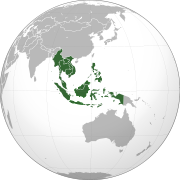
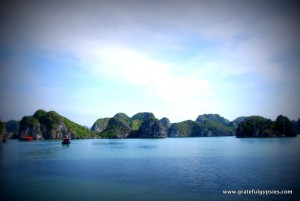
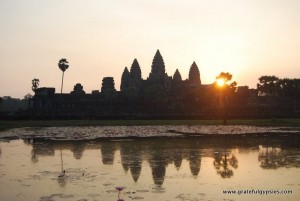
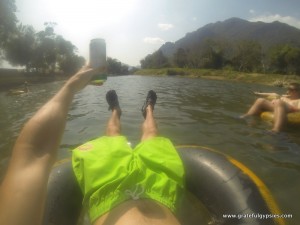
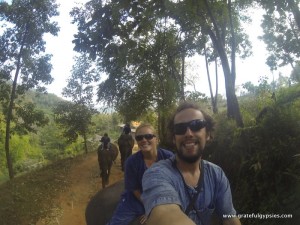
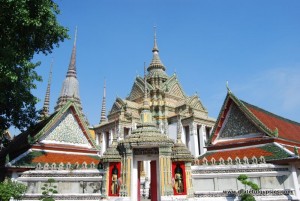
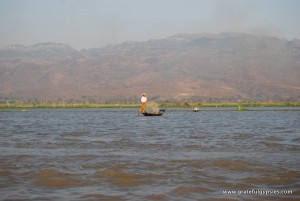

Leave a comment: